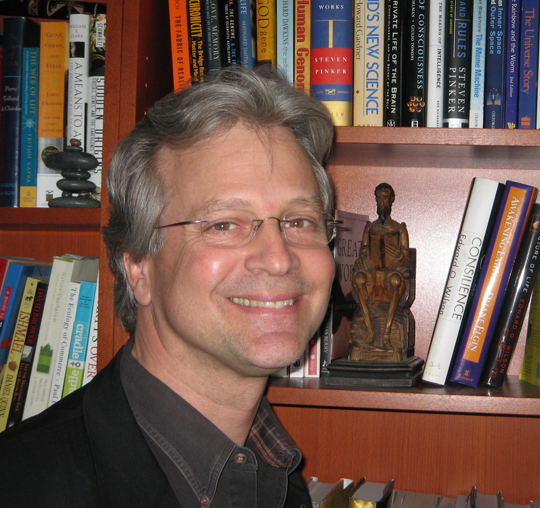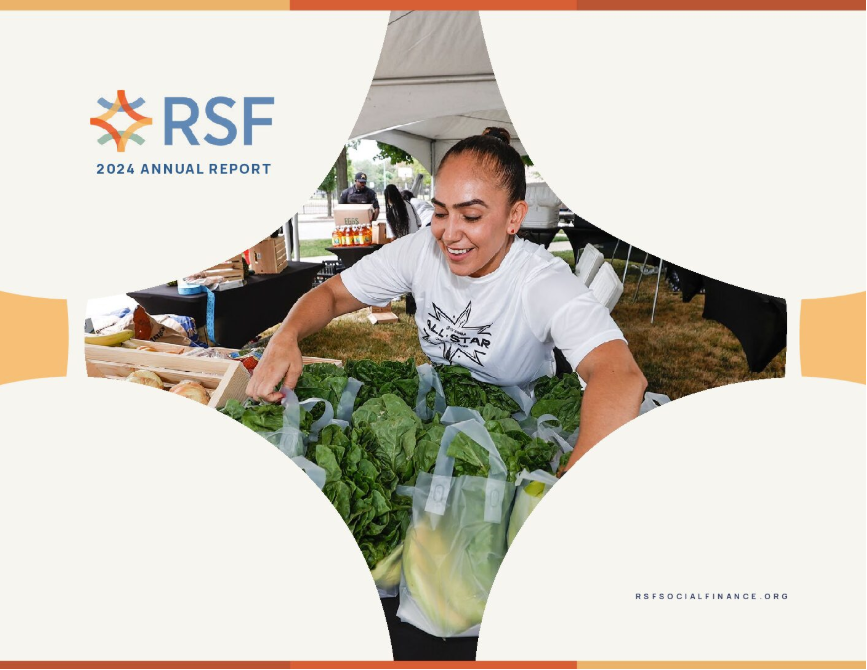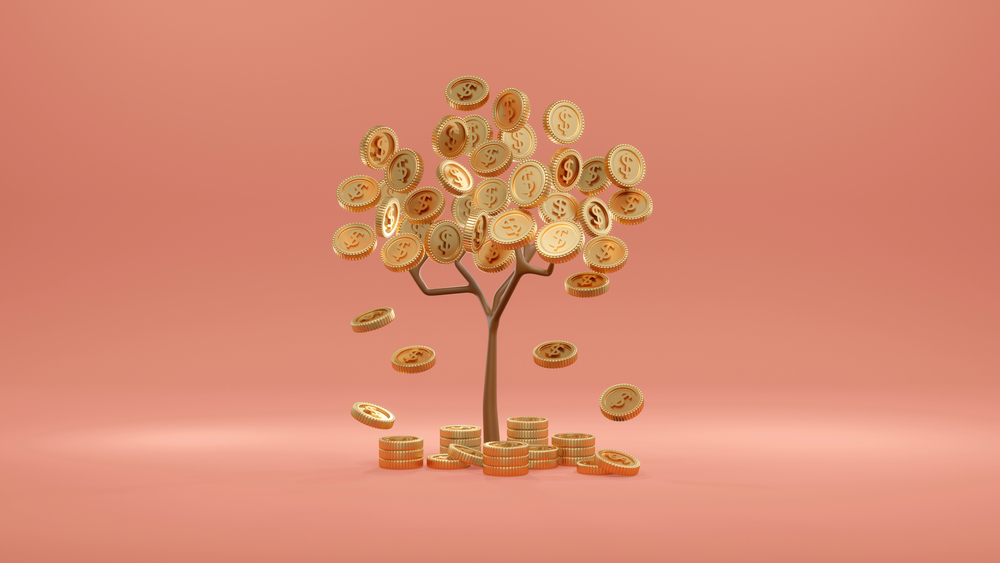How did you come to work in this field—why green building?
I would say it actually chose me. I needed to make a living and through a series of what seemed at the time random events I stumbled into a career building things. I quickly discovered that I was good at it and enjoyed the challenges it presented. It was also creative and financially rewarding, so I followed that course for the next 18 years, allowing one challenge to lead me to the next and soaking up success. Then I woke up one day and realized that I was living a mercenary life and that all of the joy and meaning had gone out of it.
In 1995, shortly after this realization, I was having lunch with a friend who was also the architect for a project I was developing. He handed me a tiny article he had run across on the environmental impact of buildings. I was dumbfounded. I had never before that moment considered that the decisions I was making every day as a businessperson were having such a direct impact on the world.
That was when green building chose me. Understanding those impacts became an itch that I couldn’t stop scratching. As my understanding of the magnitude of the suffering inflicted by the building industry grew, I felt compelled to do something about it; with knowledge comes culpability. And I found that my experience and success in the industry opened both doors and ears so that I could act on that impulse.
What were the key drivers that moved the green building movement along?
As with most movements, there wasn’t a plan. But, I have spent a lot of time thinking about this in order to understand the drivers that might be replicated in support of other sweeping changes.
From its outset, the green building community was inclusive and operated on consensus. Everybody was welcomed into the tent to join in the conversation about what it meant to build green and how to go about it. That’s messy, but it generated broad industry buy-in early on in the movement’s development.
Another early driver was the brilliant distillation of the impacts of the built environment into clear, concise, and memorable data points. The elevator pitch that never fails to open people’s eyes is: In the U.S., building accounts for 40% of all raw material consumption, 40% of all of the waste in our landfills, and buildings are responsible for 40% of our energy consumption and carbon production.
LEED (Leadership in Energy and Environmental Design), of course, has been a major driver. Establishing a system that measured the “greenness” of a building and also rewarded the building’s owner completely changed the game. It created a common language, where none existed before, for what it meant to be green. It also became a brand that drove market awareness and competition.
Addressing the economics of building green coupled with broad education about those economics slowly changed the way that people in the industry talked about cost. It enlarged the field of view and brought capital projects and operations people together, often for the first time, so that operational costs and Life Cycle Assessment crept into decision-making that had formerly been made solely on a first-cost basis.
As a third party verification system, LEED also made the adoption of public policy possible, which turbo-boosted the growth of green building. The US GSA started this trend, which was quickly picked up by hundreds of other national, state and local agencies.
Another driver was the publication of a series of seminal studies that linked green building strategies to improved human health and performance. The first of these studies, published by Heschong Mahone in 1999, linked student performance to daylighting in green schools. This was quickly followed by studies linking green building strategies to the performance of office workers, increases in retail activity, reductions in absenteeism, reductions in nosocomial disease, and improved public health. All of these phenomena could easily be translated into economic as well as quality of life benefits and became powerful motivators for change.
The most powerful driver, however, is one that is least talked about. From 2005 through 2007, I spent much of my time traveling across the country speaking to and meeting with business people from every sector of the industry. It was during this period that I realized that the engine driving this sweeping change wasn’t the buildings or their impacts, it was the people. Everywhere I went I met architects, engineers, developers, bankers, manufacturers, and builders whose lives had changed as a result of their engagement with green building. Like me, most of these people had reached a point in their lives and careers where they had lost their sense of purpose and joy. Green building was waking them up, connecting them with a larger purpose and each other, and infusing their lives with meaning.

During his three-decade career in the real estate industry, Sandy Wiggins has led the development and construction of projects totaling over one billion dollars. He is Past Chair of the U.S. Green Building Council, Founding Chair of the Green Building Certification Institute, and co-author of LEED for Neighborhood Development. He serves as a former Senior Advisor to RSF Social Finance and is the former Director of RSF’s Social Investment Fund.


